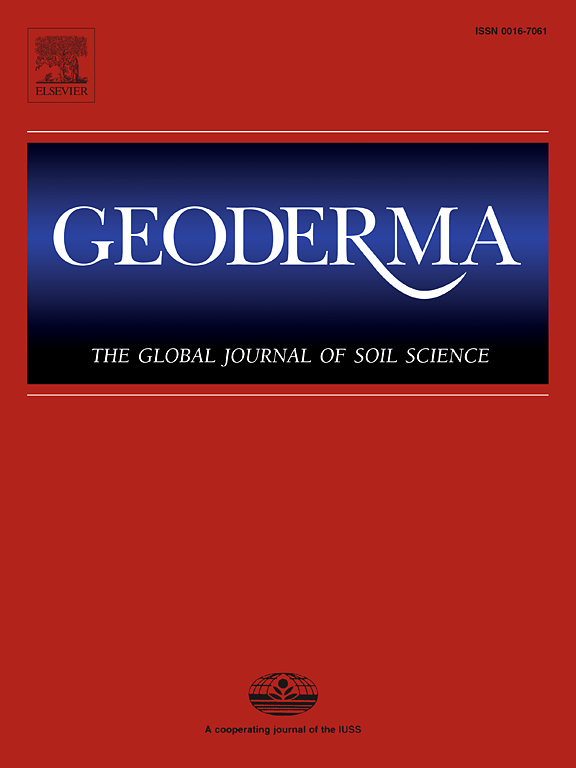Grass (Poa annua L.) cover for eight years as an effective strategy for recovering soil moisture
Abstract
Deep soil desiccation has become a major obstacle to restoring vegetation in the Loess Plateau region of China. The restoration of deep soil water plays an important role in ecosystem health. In the present study, we compared the effects on moisture variations in deep dry soil of grass cover and clean tillage treatments based on in-situ soil column monitoring for eight years. The results showed that the dry soil layers could temporarily disappear and reappear again with rainfall under clean tillage. However, grass cover effectively increased the deep soil moisture. Grass primarily consumed soil moisture from the shallow layer (0–2 m), and the total amount of water consumed during the whole growth period was less than the annual rainfall in dry years. The average soil desiccation index decreased by 24.20 % and the deep soil water moisture (2–10 m) recovered from 7.5 % to 12.8 % after eight years, with an annual average recovery of 0.66 %. Thus, it would take half a year to recover to the stable field capacity and 14 years to reach the field capacity. Recovery of the soil moisture also depended on the rainfall supply. We found that precipitation had an obvious lagged effect of approximately two years on the supply of deep soil moisture. Our findings contribute to understanding how to alleviate dry soil layer, with potentially helpful implications for the ecological health in arid and semiarid regions.

 求助内容:
求助内容: 应助结果提醒方式:
应助结果提醒方式:


